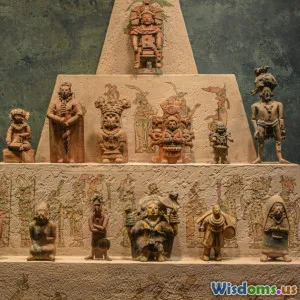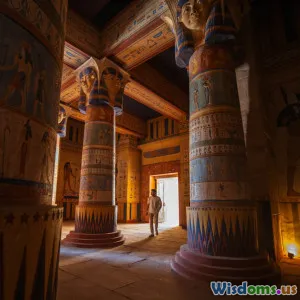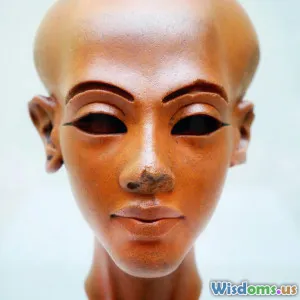
Unveiling Ancient Egyptian Beauty Secrets Used Today
15 min read Discover timeless Ancient Egyptian beauty secrets that remain popular in modern skincare and cosmetics routines today. (0 Reviews)
Unveiling Ancient Egyptian Beauty Secrets Used Today
Beauty, wellness, and self-care are woven into the fabric of human history. Of all ancient civilizations, none has inspired modern beauty rituals quite like Ancient Egypt. From Cleopatra’s legendary routines to everyday regimens practiced on the banks of the Nile, Egyptian secrets live on in our skincare, makeup, and haircare. Discover how their timeless wisdom is not only fascinating but unexpectedly relevant, practical, and innovative—even in today’s high-tech world.
Radiance from the Nile: Ancient Egyptian Skincare Rituals

Long before cosmeceuticals lined store shelves, the ancient Egyptians mastered a holistic approach to skincare. Their arid environment demanded protection and hydration, inspiring the use of locally-sourced plant extracts and minerals.
Lavish Moisturization with Oils
Egyptians utilized rich emollients such as olive oil, moringa oil, and the prized castor oil. Cleopatra’s famed beauty baths included milk and honey—a combination lauded for its exfoliating and hydrating effects. Archaeological evidence shows unguents (oil-based creams) were a domestic staple, keeping skin supple under the Egyptian sun.
Mud and Minerals as Masks
Bentonite and Dead Sea mud were applied for their detoxifying properties. The ancient use of clay masks echoes in modern skincare’s fascination with mud masks boasting minerals to purify and regenerate skin layers.
Botanical Extracts for Anti-Aging
Essences from aloe vera, frankincense, and fenugreek seeds slowed the impacts of aging, much like current antioxidant serums. Documentation in the Ebers Papyrus, one of the oldest medical texts, describes topical uses of these botanicals to heal, hydrate, and rejuvenate the skin.
How-To Modern Application:
For a home-spa experience, mix raw honey, a splash of milk, and a few drops of olive oil. Massage gently onto cleansed skin, leave for 10 minutes, then rinse. This easy ritual invokes the protective and beautifying wisdom of the pharaohs.
Kohl and Egyptian Eye Makeup: Beyond Beauty to Protection
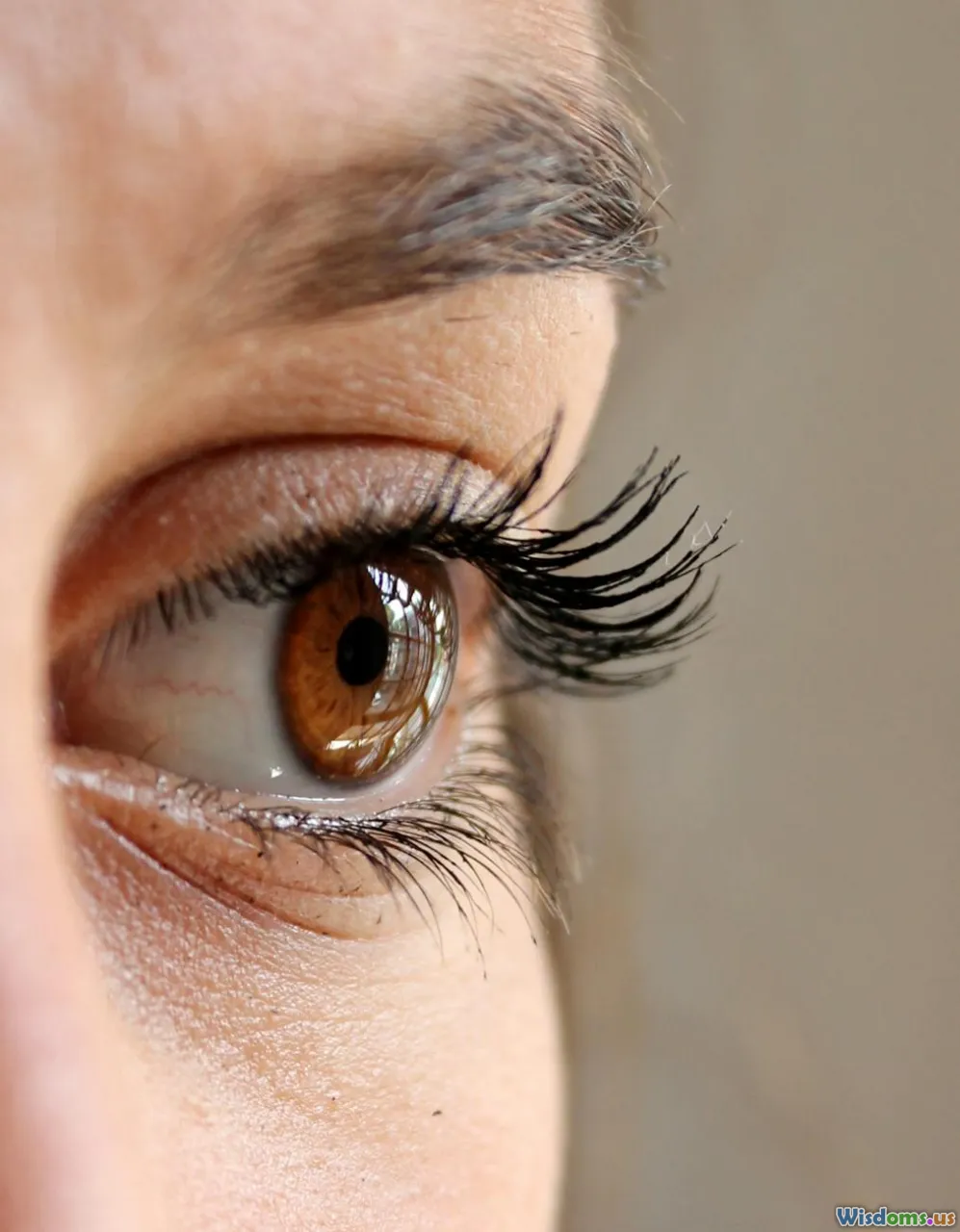
Perhaps the most iconic Egyptian beauty legacy is kohl—the dramatic black eyeliner gracing ancient tomb paintings and modern magazine covers alike. More than an aesthetic statement, kohl offered multifaceted benefits.
Cultural and Ritual Significance
For both men and women, outlining the eyes was a spiritual gesture, calling on the protection of Horus, the falcon-eyed god. Kohl application had ritual, medicinal, and cosmetic roles, reflecting Egypt’s integrated view of beauty and health.
Recipe for Resilience
Traditional kohl was a blend of galena (lead sulfide), soot, and malachite (green copper mineral), ground to a fine powder and mixed with oils or fats. Recent research published in the journal Analytical Chemistry revealed that Egyptians’ formulas had antimicrobial qualities, reducing the incidence of eye infections—common in dusty climates.
Influence in Contemporary Beauty
From high-definition gel liners to natural kajal pencils, kohl’s lineage shapes 21st-century beauty arsenals. Brands such as Guerlain and Lakmé have dedicated entire ranges to kohl-inspired eye products.
Actionable Advice:
For a nod to tradition, use a naturally derived kajal pencil and line both lash lines, extending slightly at the corners for a timeless “Nefertiti flick.”
Henna & Natural Pigments: Lasting Color from Nature

One of Egypt’s colorful contributions is their mastery of henna and other botanical dyes—used for hair tinting, body art, and even nail staining. The use of henna (from the plant Lawsonia inermis) dates back over 5,000 years and endures today across cultures.
Hair Rituals
Egyptian women and men turned to henna to maintain strong, vibrant tresses and cover graying strands. Papyrus recipes blend henna with indigo for deeper colors or combine it with lemon juice and olive oil for glossy results—pre-dating modern hair dye approaches by millennia.
Temporary Body Art
Celebratory tattoos, often in geometric or sacred motifs, were created using henna paste. Recent archaeological finds reveal that Egyptian dancers and priestesses used henna body art for ritual purposes, a tradition still alive in North African and Indian weddings and festivals.
Nail and Palm Staining
Beyond ornament, henna’s cooling and antibacterial effects made hand and foot applications both practical and decorative—fused seamlessly into brides’ beauty routines today.
DIY Tips:
Mix henna powder with warm water, add a teaspoon of lemon juice, and let the paste sit for two hours. Apply wherever desired—strand test on hair, or for a classic hand design, inside henna cones.
Scented Oils and Perfumes: The Origins of Fragrance
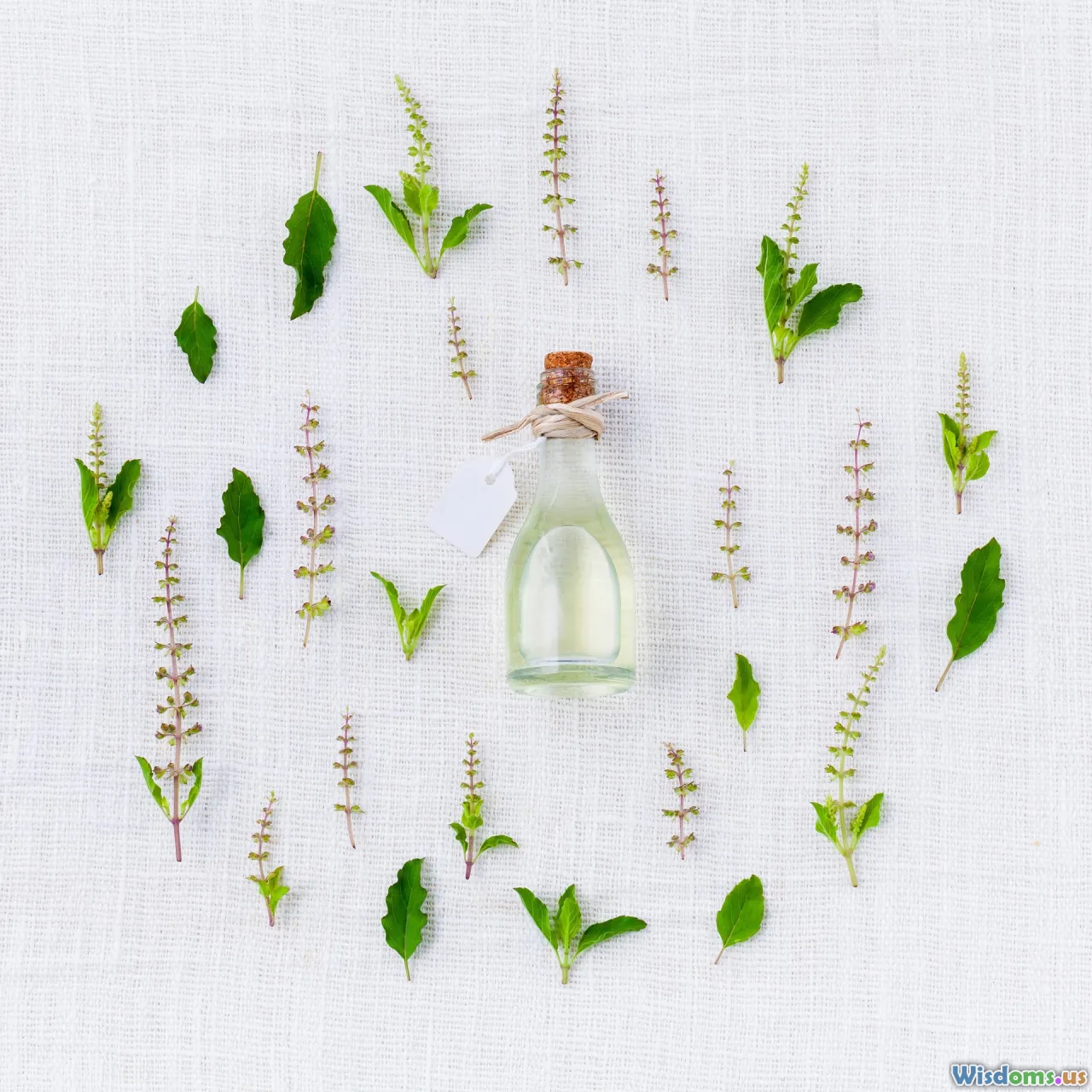
Egypt’s mastery of botanical extraction paved the way for perfumery as we know it. Scent was not merely pleasure—it had medicinal, religious, and social functions, as uncovered in marshland tombs laden with aroma-infused vessels.
Kyphi: The Legendary Egyptian Incense
Kyphi, a blend of wine, honey, myrrh, cinnamon, and sixteen other botanicals, exemplifies Egypt’s sophisticated sense of scent chemistry. Both burned as incense and worn as perfume, Kyphi was believed to promote relaxation and spiritual purity.
Flower Oils and Maceration
Concoctions of lily, rose, blue lotus, and jasmine oils stand as the ancestors of today’s essential oils and aromatherapy blends. Modern perfumers trace distillation origins to practices refined during the Pharaonic era.
Scent in Ritual and Social Life
Personal fragrance extended beyond adornment; elaborate unguents and creams were presented as diplomatic gifts—a tradition revived by niche fragrance houses selling modern blends with ancient roots (e.g., L’Artisan Parfumeur’s Timbuktu).
How-To (Modern Twist):
Add a few drops of pure rose or jasmine oil to unscented carrier oil for a natural moisturizer. Wear on pulse points for a subtle scent profile reminiscent of ancient rituals.
Sun Protection and Body Care: Early Wisdom Resurrected
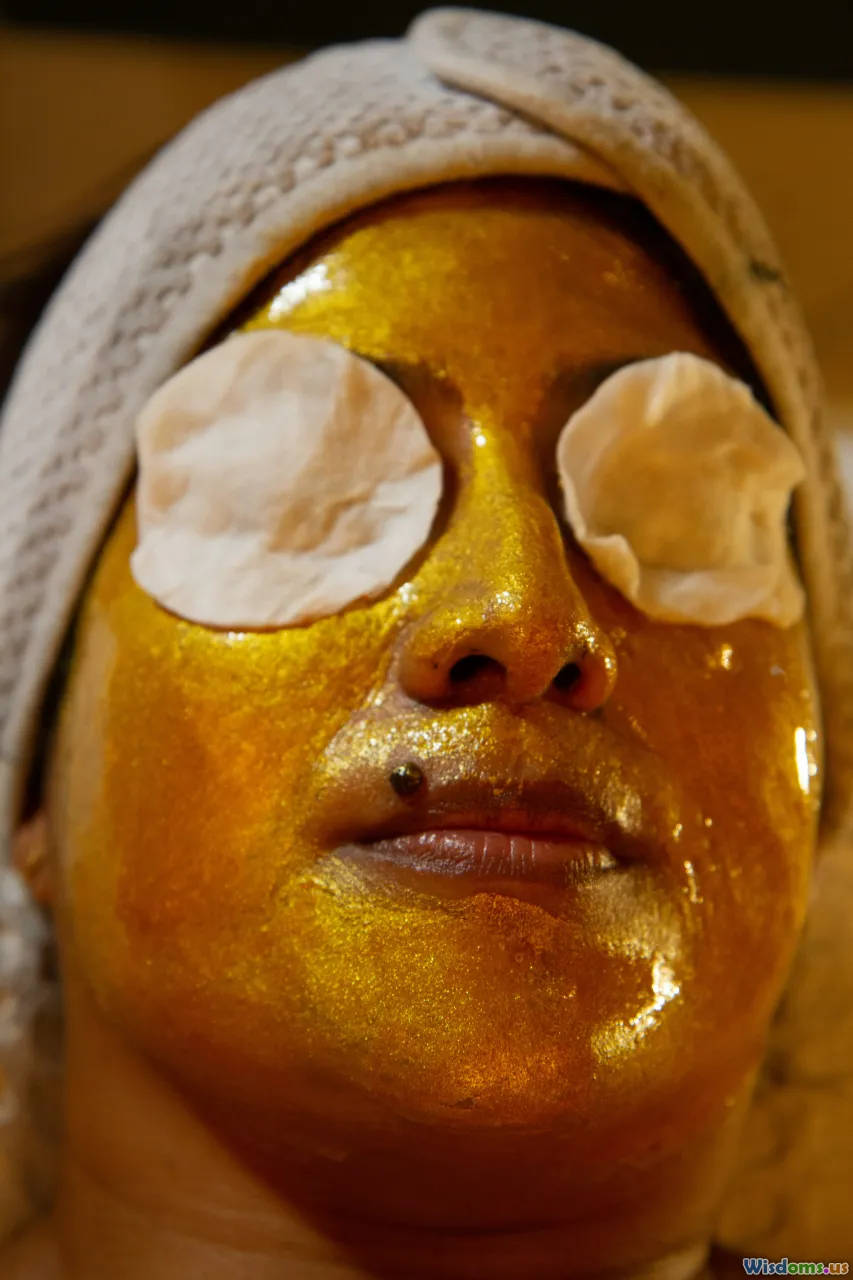
Long before SPF rated creams, the Egyptians understood the necessity of sun defense and full-body skincare. Their body care innovations are remarkably aligned with current trends in clean beauty.
Earth Elements as Shields and Scrubs
White clay (kaolin) and crushed calcite were applied as protective pastes—a primitive form of sunblock. Arnhem Land ochres provided a mineral barrier against harsh UV rays, balancing aesthetics and function.
Exfoliation was accomplished with abrasive scrubs combining sand, salt, and pulverized limestone, smoothing and rejuvenating the skin much like today’s microdermabrasion treatments.
Aromatic Baths & Cleansing
Bathing rituals using natron (a mineral salt) or herbal infusions foreshadow detoxifying spa therapies. Modern wellness spas borrow from these time-honored bathing procedures for their skin-purifying benefits.
Practical Advice:
Try a homemade scrub with fine sea salt and olive oil, optionally adding essential oil. Gently use on damp skin for an exfoliating experience faithful to Egyptian heritage—but gentle enough for daily use.
Haircare From Antiquity: Gloss, Growth, and Styling
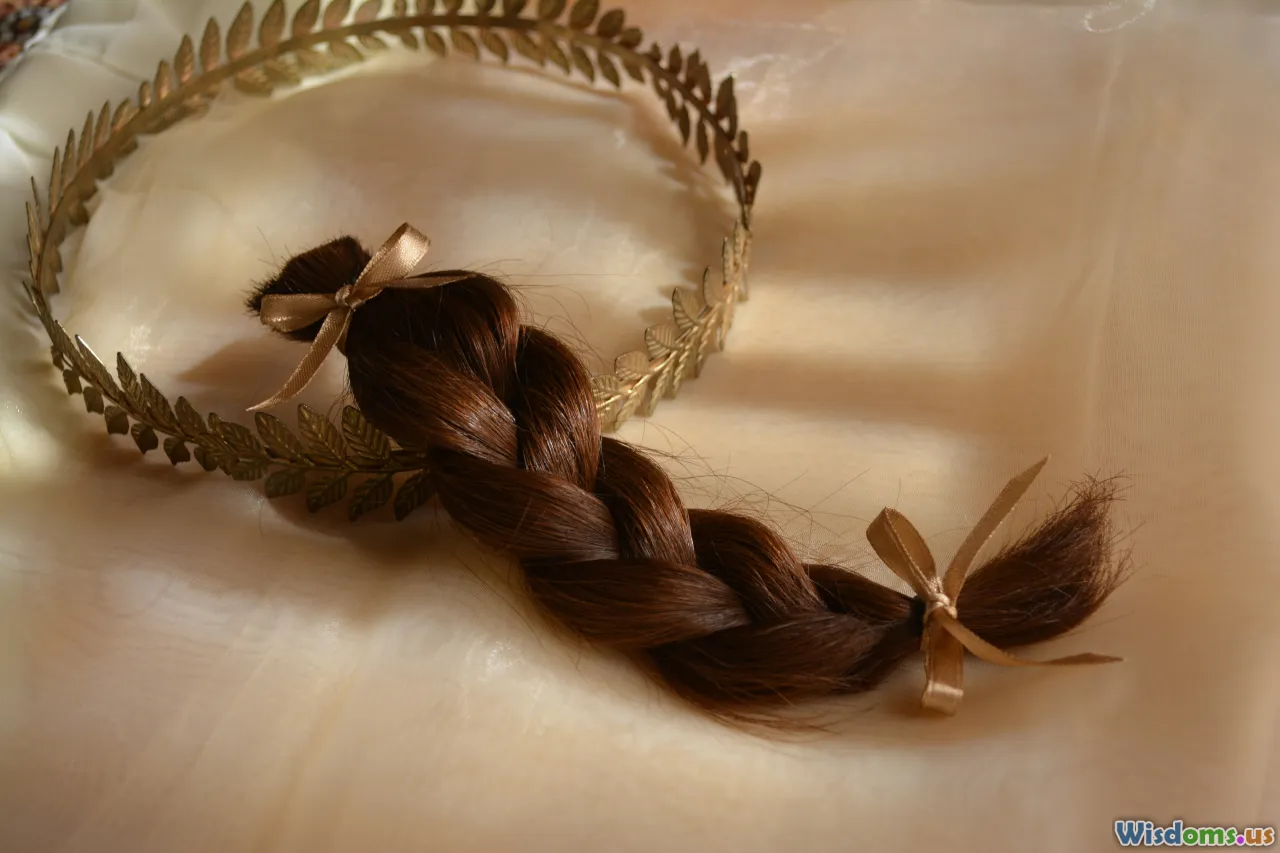
Hair was a major focus of Egyptian aesthetics, with elaborate styles, intricate braids, and ornate wigs reflecting status and health as much as beauty. Their plant-based regimens provided volume, shine, and scalp care—objectives at the core of today’s natural haircare movement.
Oils and Protective Styling
Regular application of almond, castor, and coconut oils preconditioned and scented hair. Wigs—fashioned out of human hair or fibers such as palm—protected natural hair from sun damage.
Remedies for Growth and Strength
Texts detail blends of fenugreek, rosemary, and myrrh used to combat scalp issues and encourage hair growth. These botanicals now appear in fortifying shampoos and scalp oils around the globe.
Braid Technologies
The art of braiding and intricate plait work not only signaled social or marital status but also promoted low-manipulation hairstyling, minimizing breakage—a concept celebrated by modern protective styling advocates.
How-To for Today's Regimens:
Replicate Egyptian moisture sealing by working a few drops of castor oil into damp hair before styling—especially favored before braiding or protective styles.
Cleanliness, Remedies, and DIY Beauty Wisdom
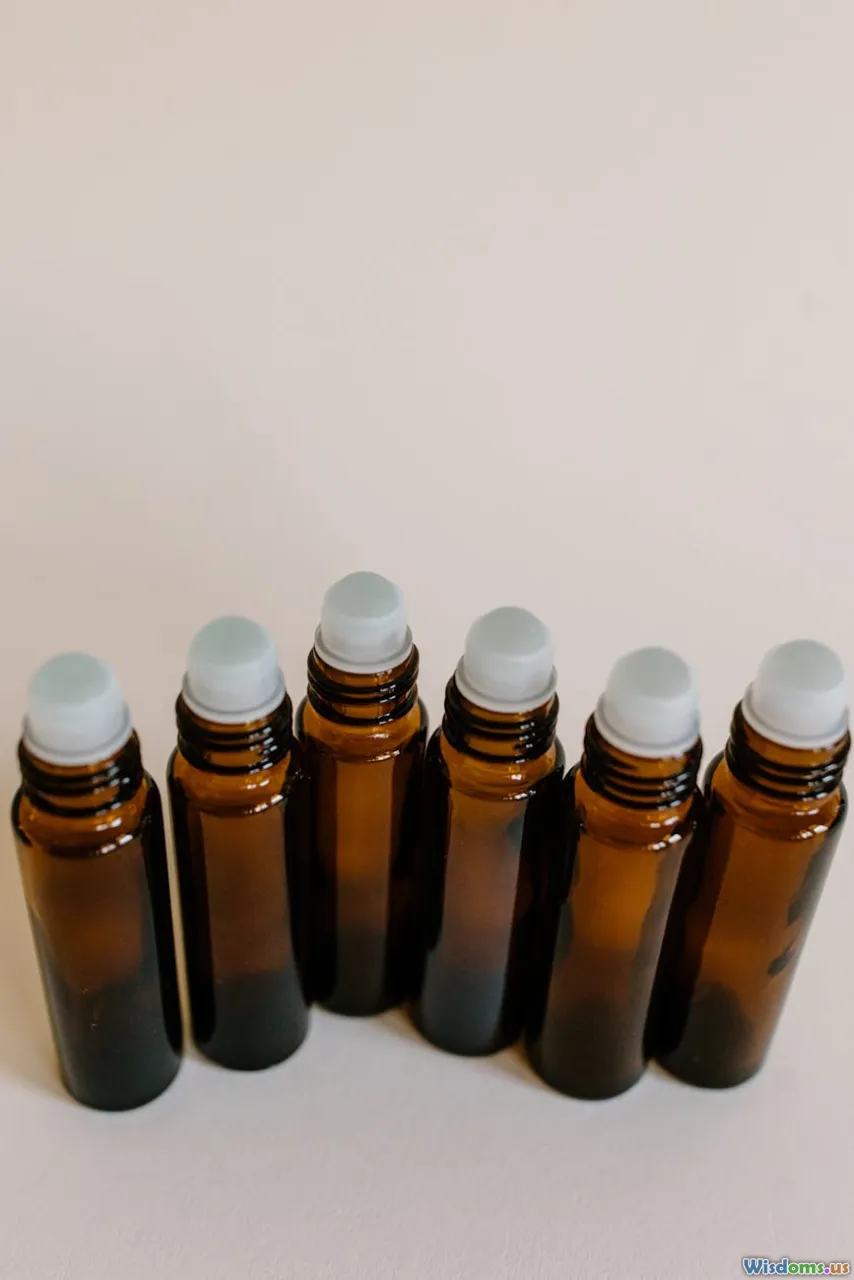
Egyptian beauty wasn’t limited to enhancement—their formulations addressed wounds, infections, and overall self-care, blurring the lines between health and aesthetics.
The Origins of Cleansing and Dental Care
Papyrus texts reference early toothpastes made from powdered ash, iris flower, ground ox hooves, and salt. Though abrasive by today’s standards, these blends reflect a long-standing focus on oral beauty. Modern toothpaste’s abrasive and herbal contents are a safer evolution of this tradition.
Targeted Treatments
Wound dressings using honey and resin, as highlighted by recent medical studies, frequently outperformed modern antibiotics for infection prevention. Female Pharaohs like Hatshepsut were documented using medicinal balms to maintain glowing skin after injuries or harsh desert conditions.
Modern Relevance in DIY & Herbal Trends
The resurgence in homemade masks, balms, and natural deodorants aligns with Egypt’s emphasis on plant and mineral remedies that addressed both daily health and glamor.
DIY Beauty Hack:
Make a rejuvenating body balm from melted beeswax blended with olive oil and a pinch of frankincense—store in a glass vial as the ancients did.
Embracing Ancient Wisdom Today: The Enduring Appeal
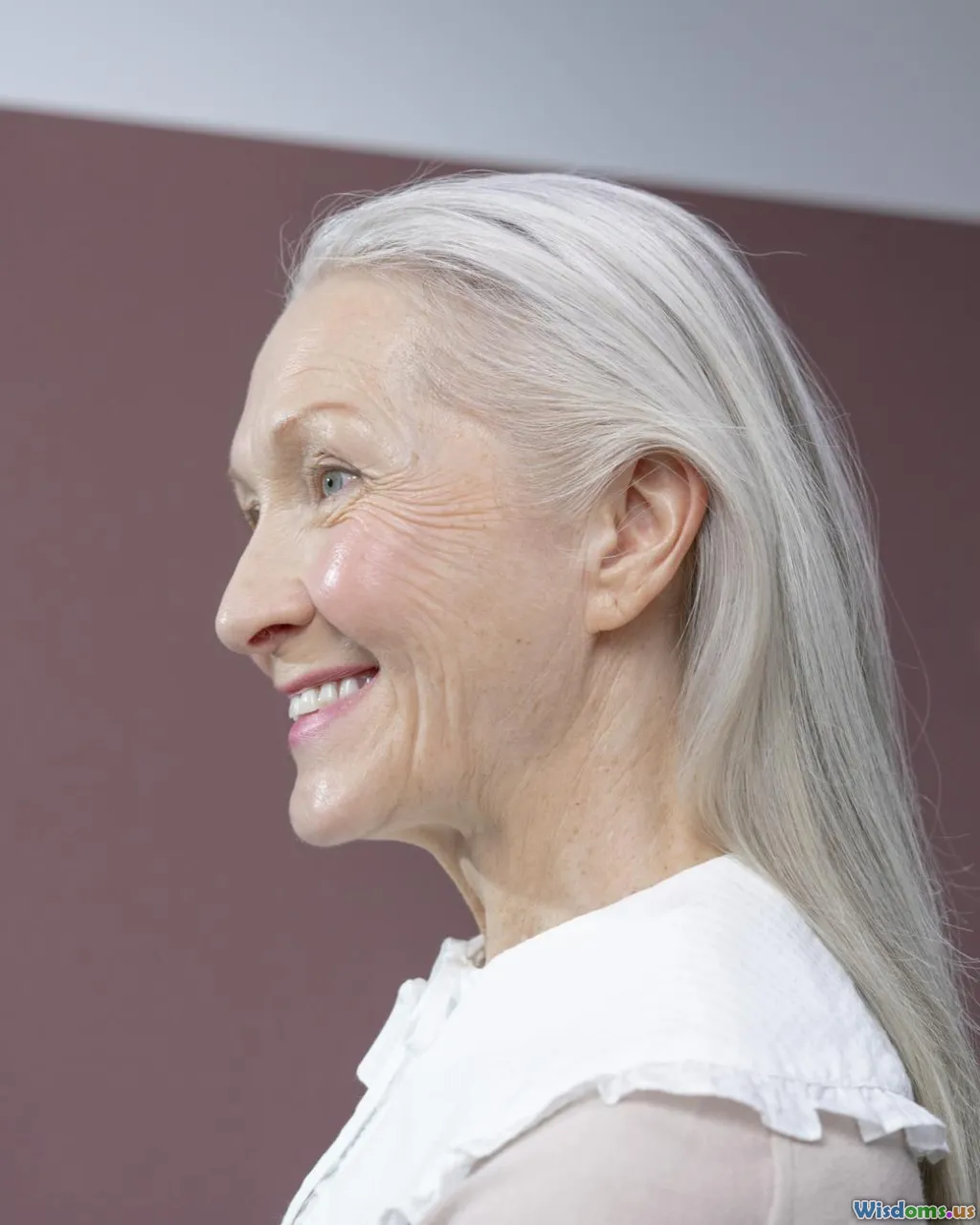
What makes Egyptian beauty secrets so enduring? It’s the harmony of nature, science, and sensory indulgence—a union of personal well-being and aesthetic power. These traditions, dating back thousands of years, underpin both our nostalgia for the exotic and the emerging demand for authenticity, transparency, and holistic care in beauty.
Egyptian wisdom echoes in every drop of botanical oil, swish of mineral pigment, and spritz of resinous perfume. Leading global brands like Lush, Yves Rocher, and The Body Shop proudly declare their inspiration from Egyptian natural lore in body lotions, face masks, and fragrance lines. Meanwhile, the self-care boom returns us full circle: everyday rituals that favor simplicity, ritual, and respect for age-old science.
Next time you massage oil into your hair, trace sleek liner along your eyes, or unwind in a fragrant bath, remember—you are part of a lineage as rich and luminous as the civilization that once graced the Nile.
Rate the Post
User Reviews
Popular Posts












